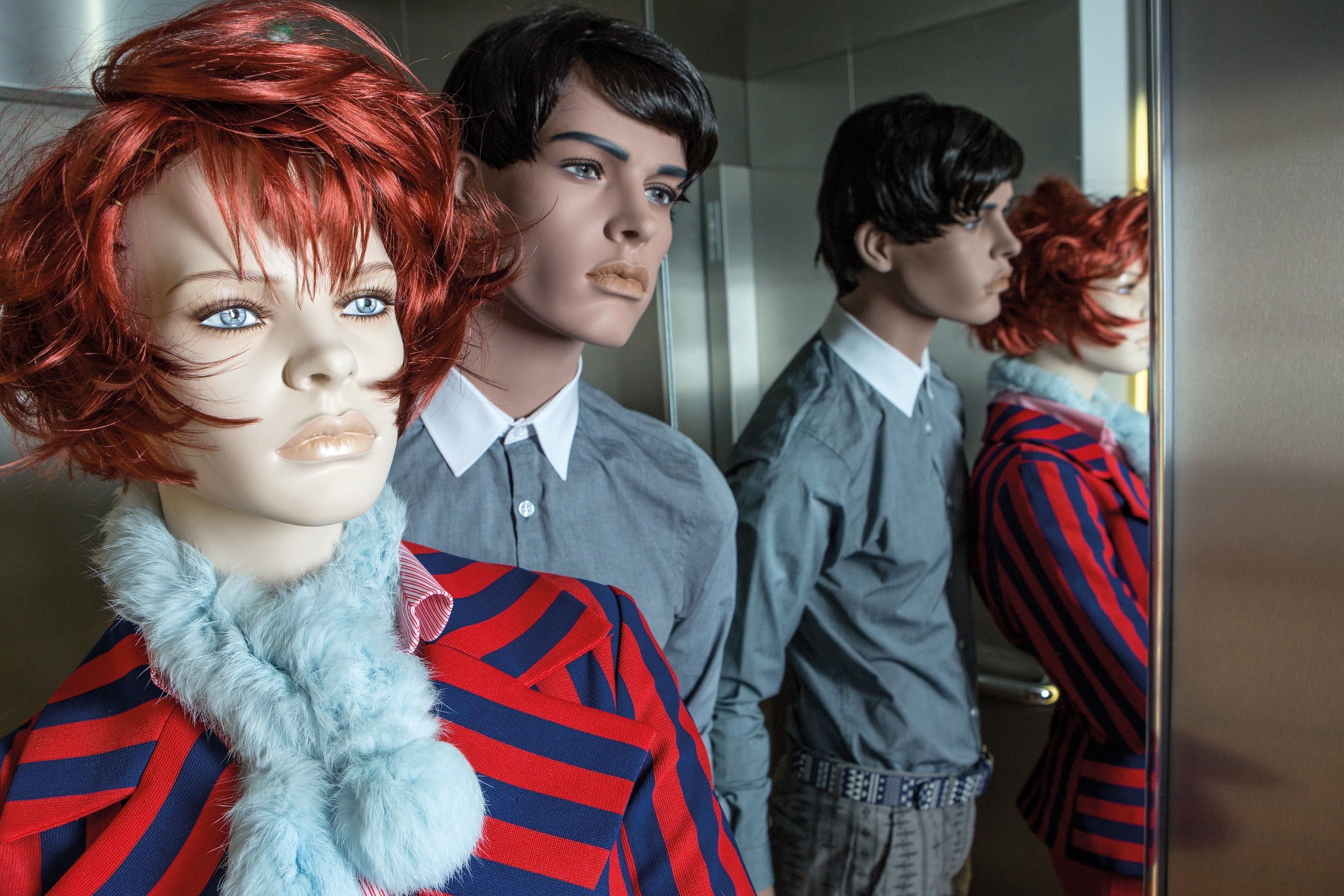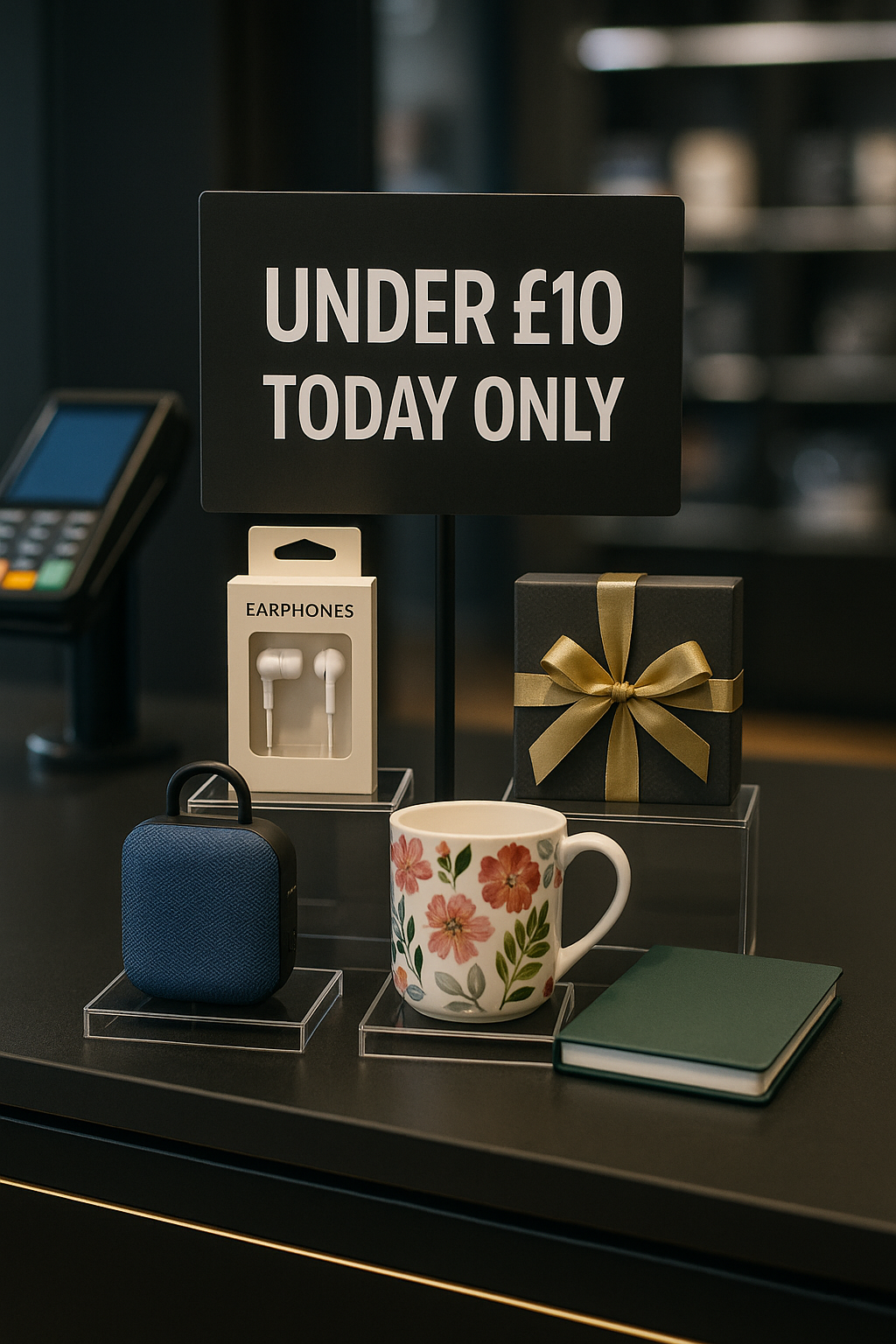The History of Shop Mannequins
Posted On: June 23, 2021 By: jodee

Shop mannequins are a staple of our high streets today, showing off the latest lines in all types of poses and positions. If you want to display your available wares, the chances are you will use a mannequin to do so. They reflect society thanks to the many transformations in style and size over the years, and they add a dramatic, artistic element to shop displays that allows you to create scenes that entice and engage customers as they browse your shop floor or pass by the window.
Shop mannequins are a staple of our high streets today, showing off the latest lines in all types of poses and positions. If you want to display your available wares, the chances are you will use a mannequin to do so. They reflect society thanks to the many transformations in style and size over the years, and they add a dramatic, artistic element to shop displays that allows you to create scenes that entice and engage customers as they browse your shop floor or pass by the window.
Let’s take a look back into the history of these retail titans and find out how we arrived at the latest shop mannequin developments today, including The Retail Factory’s very own gender neutral mannequin which took the retail world by storm in 2019.
The First Mannequins
Mannequins were not always intended to be seen by the consumer. They developed from dress forms used to design the latest trends for the gentry in days of yore. However, there is evidence from as early as the 15th century of milliners and dress makers using mannequins to display their creations to show off how they might look on a real person.
Tailors tended to use headless dummies for the purposes of whipping up their masterpieces, but as the Industrial Revolution automated the manufacture of clothes, the use of mannequins became less common. Of course, there was still a market for bespoke, unique clothing, but much of the UK’s clothes making became centred around industrially built garments, created to set pattern sizes. This meant that the mannequin was no longer the major player it had once been behind the scenes in the textile business.
Shop Mannequins Arrive
In the mid to late 19th century, retailers began to see the potential for supplementing their displays with lifesize models of their shoppers. It was the ideal way to present their lines to the public and took off initially in France. These were wirework mannequins at the time, which made way for papier mache models.
In the first decade of the 20th century, with window shopping becoming an aspirational activity, shop mannequins found their forte. However, the models around at the time were not ideal. In the US, they used wax heads that often melted under the lights. These dummies often came with real hair, iron arms and thick wooden legs. That resulted in them being anything but portable. At more than 130kg, they were sturdy but impractical.
Although they were far from realistic, the window display mannequins caused quite the stir in some quarters. There are tales of protests about shops using dummies to model underwear, and in some parts of the world, there were even laws that dictated you could only undress and dress a mannequin behind a screen!
Twentieth Century Progression
Mannequins took a hit in the years of the Second World War, with a scarcity of materials meaning that they had to be produced in smaller dimensions than previously.
It was also the same time that the first plastic mannequins were produced, allowing for easier positioning and mobility. This made them more versatile and that opened a whole world of excitement for window dressers.
The 60s saw the idealised body shape of the time represented in shop mannequins. The slender, waifish look of some of the world’s most popular styles was on display before the 1970s came and the trend towards the mannequin as a blank canvas began. The faces smoothed over and the colours became more neutral, much like we see in shop dummies today.
The fashion became, and remains, for mannequins that were not so human looking as to take the gaze of the eye from the clothes in which they are dressed.
Up to the Modern Day
In recent years, many retailers have moved away from the stick thin mannequins of earlier years and they tend now to be a more realistic size. In Spain in 2007, the government banned the use of ultra thin mannequins in order to help ease pressure on young people to conform to an unrealistic body shape.
There has also been the emergence of plus sized mannequins in order to allow retailers to show a range of sizes that better reflect the general public more closely.
In September 2019, we launched our gender neutral mannequin, designed in house to meet the needs of the changing world. Nowadays, many brands are trying to move away from gendering clothes, but there was no ideal way to show that until we released our dummy onto the world.
If you are looking for mannequins to complete your display, make sure you talk to us today about how we can fulfil your requirements.
Latest Posts
- Creating Urgency: How Limited-Time Displays Drive…
- Managing the Mayhem: Retail Logistics That…
- Black Friday Ready: Visual Merchandising Tips…
- Behind the Scenes: How Efficient Display…
- The Power of Presentation: Gift Packaging…
- Creating Festive Window Displays That Stop…
- How to Prepare Your Store for…
- Stock Up Now: Display Stands and…
- Why Early Mannequin Planning is Key…
- Behind the Scenes of Peak Season:…



